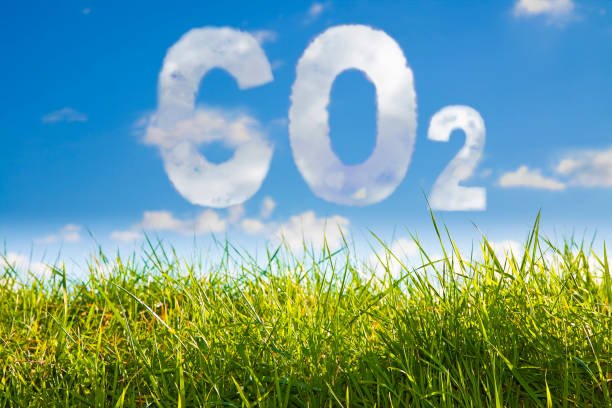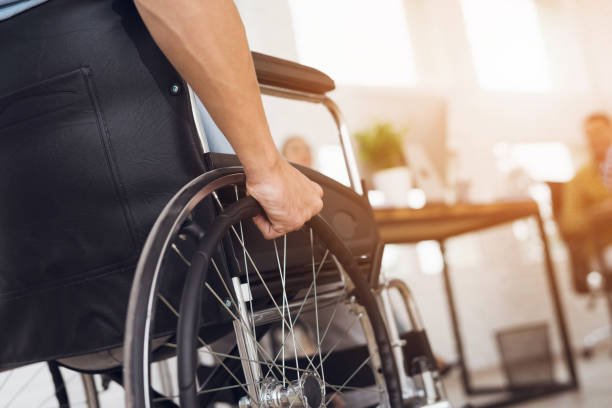15 Ways to Reduce Ozone Depletion:
Ozone depletion refers to the thinning of the ozone layer in the earth’s stratosphere. This phenomenon is primarily caused by the release of certain man-made chemicals, most notably Chlorofluorocarbons (CFCs), Hydrochlorofluorocarbons (HCFCs), and other ozone-depleting substances (ODS).
The ozone layer, a crucial part of our planet’s atmosphere, acts as a protective shield against the harmful ultraviolet radiation from the sun.
Over the years, human activities have led to a worrying decrease in the thickness of this layer, a phenomenon known as ozone depletion.
Ozone depletion is a major environmental problem, as it increases the amount of UV-B radiation that reaches the Earth, leading to health problems in humans like skin cancer and cataracts, and harmful effects on ecosystems, particularly affecting plankton in oceans’ surface layers.
Many of the chemicals that contribute to ozone depletion, such as chlorofluorocarbons (CFCs), hydrochlorofluorocarbons (HCFCs), carbon tetrachloride, and others, are man-made and were widely used in aerosols, air conditioning systems, and refrigeration equipment. It was only after recognizing their harmful impact on the ozone layer that the global community came together to sign the Montreal Protocol in 1987, a treaty to phase out the production and use of these ozone-depleting substances (ODS).
However, despite the significant progress that has been made since the Montreal Protocol, it’s vital that everyone, from individuals to businesses, takes action to reduce ozone depletion further. This can be achieved by following a variety of methods that range from minimizing the use of vehicles, promoting renewable energy, and proper disposal of electronic waste to choosing natural cleaning products, planting trees, and promoting sustainable farming methods. Every effort made contributes to the healing of the ozone layer and the preservation of our planet for future generations.
15 Practical Ways to Reduce Ozone Depletion
Reducing ozone depletion is a task that requires global cooperation, but there are steps that individuals, businesses, and governments can take to contribute. Here are 15 ways we can reduce ozone depletion:
- Minimize the Use of Vehicles: Vehicle emissions contribute to air pollution, which can harm the ozone layer. Consider using public transportation, cycling, walking, or carpooling when possible.
- Energy Efficiency: Make an effort to reduce energy consumption. Use energy-efficient appliances, turn off lights when not in use, and consider alternative energy sources like solar or wind power.
- Buy Products Without ODS: Many products, especially aerosols, used to contain ODS. Although most have been phased out, be vigilant and only buy products that are labeled as ODS-free.
- Recycle: Recycling reduces the amount of waste that ends up in landfills, which can emit harmful gases. Also, it reduces the demand for new products, indirectly reducing the emission of harmful gases during manufacturing.
- Proper Disposal of Electronic Waste: Electronic waste can contain harmful chemicals that can damage the ozone layer if not properly disposed of. Recycle them at designated facilities.
- Buy Local Produce: Transporting food and goods long distances contributes to carbon emissions. Support local farmers and reduce these emissions by buying locally grown produce.
- Minimize Use of Air Conditioning: Air conditioners use HFCs, which are potent greenhouse gases. Use them sparingly and consider alternative cooling methods like fans.
- Advocate for Environmental Policies: Support or advocate for policies that aim to protect the ozone layer. This could be done at the local, national, or international level.
- Educate Others: Educate your friends, family, and community about the importance of the ozone layer and how they can help protect it.
- Plant Trees: Trees absorb CO2 and release oxygen, helping to maintain the health of our atmosphere.
- Buy Energy-Efficient Vehicles: If you need to use a vehicle, consider one that is energy efficient. Electric vehicles, hybrids, or cars with good gas mileage can all reduce carbon emissions.
- Support Renewable Energy: If possible, switch to a green energy provider. You can also install solar panels or wind turbines at home.
- Perform Regular Vehicle Maintenance: Proper maintenance of your vehicle can help it run more efficiently, reducing harmful emissions.
- Limit Use of Fireplaces and Wood Stoves: Burning wood releases pollutants into the air. If you need to use them, ensure they are as efficient as possible and consider using sustainably sourced wood.
- Support Responsible Corporations: Support companies that prioritize environmentally friendly practices. This could mean buying from companies that use sustainable materials, or invest in renewable energy, for instance.
Video: Science Works: Protecting The Ozone Layer
Remember, the fight against ozone depletion is a collective responsibility. Everyone’s actions matter, and every little bit helps. By adopting these habits, we can contribute to preserving the ozone layer and the health of our planet.
Video: Science Works: Protecting The Ozone Layer






